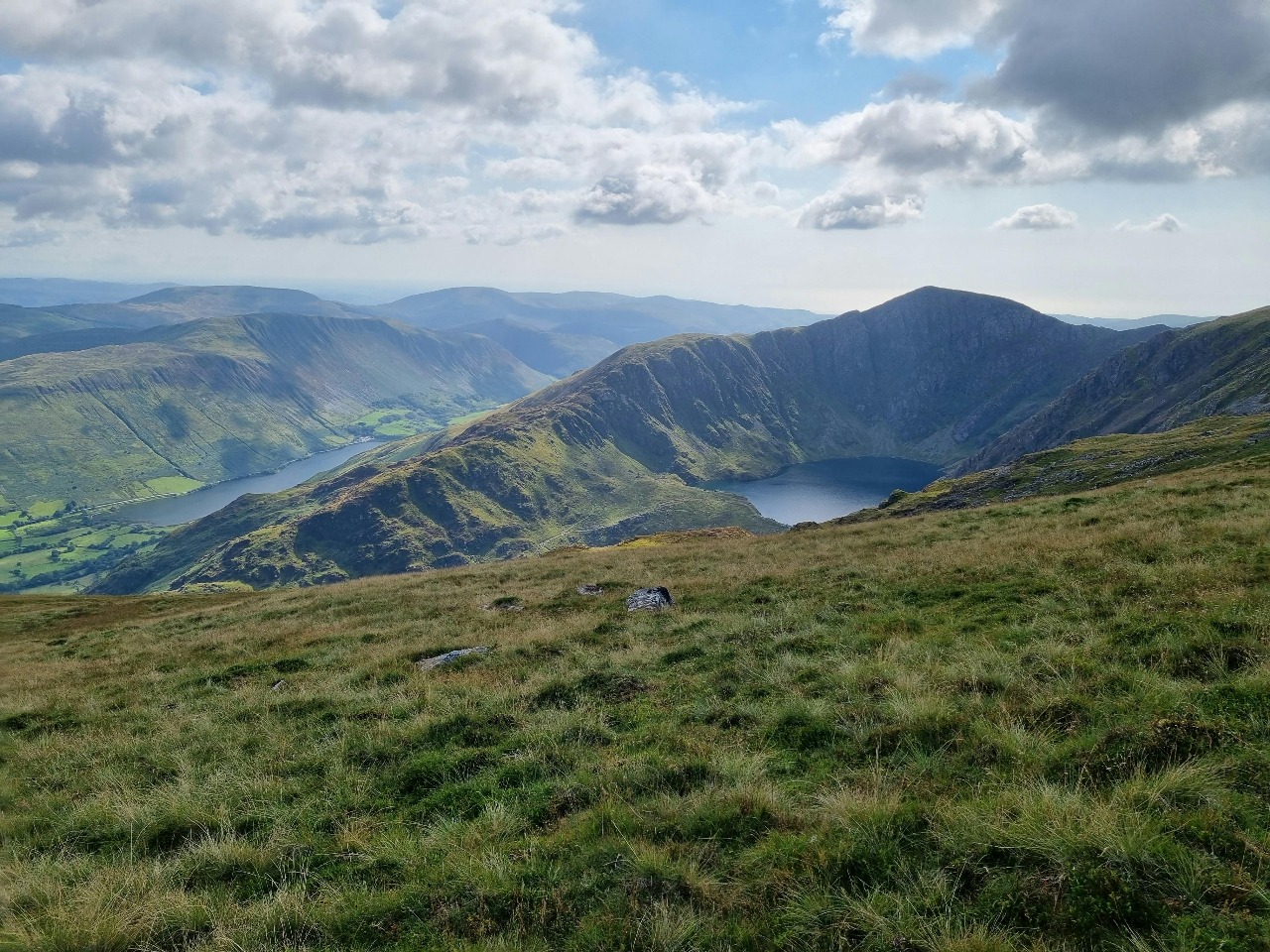Introduction to Weather in Patagonia
The weather in Patagonia is one of the most fascinating aspects of this remote and wild region. Stretching across southern Chile and Argentina, Patagonia’s climate is as diverse as its landscapes, ranging from towering glaciers to arid steppes. Travelers planning a trip must understand the weather in Patagonia, as it directly impacts hiking conditions, wildlife viewing, and overall travel experiences. This month-by-month climate guide will help you prepare for every season.
Understanding Weather in Patagonia
Before diving into each month, it is important to grasp the general patterns of weather in Patagonia. The region is famous for strong winds, rapidly changing skies, and temperature variations even within a single day. The west side near Chile is wetter, with lush forests and heavy rainfall, while the east side in Argentina is drier and more open. The weather in Patagonia can never be predicted with certainty, but planning around seasonal averages makes a big difference.
Weather in Patagonia in January
January is the peak of summer in the Southern Hemisphere, and the weather in Patagonia is relatively warm and welcoming. Average temperatures range between 10°C to 18°C (50°F to 65°F). Long daylight hours make it perfect for Patagonia hiking and outdoor exploration. However, strong winds are common, so layering is essential.
Weather in Patagonia in February
February continues the summer season, with mild temperatures and slightly fewer crowds compared to January. The weather in Patagonia remains ideal for trekking in Torres del Paine or exploring Los Glaciares National Park. Clear skies offer spectacular mountain views, but occasional rain showers are possible.
Weather in Patagonia in March
March signals the start of autumn, and the weather in Patagonia begins to cool down. Vibrant autumn colors transform the landscape, making it a favorite month for photographers. Temperatures drop slightly, ranging between 6°C to 14°C (43°F to 57°F). The weather in Patagonia during March is still good for hiking, with fewer tourists and calmer winds.
Weather in Patagonia in April
April brings cooler conditions and the tail end of autumn. The weather in Patagonia during this month can be unpredictable, with crisp mornings and chilly evenings. Some hiking trails begin to close, but the dramatic colors and quieter environment appeal to those seeking solitude. Wildlife is active, preparing for the colder months.
Weather in Patagonia in May
May marks the transition into winter, with dropping temperatures and increased snowfall in the higher altitudes. The weather in Patagonia in May is not ideal for long treks, but it provides unique opportunities for those who enjoy snow-covered landscapes. Many accommodations and services begin closing for the off-season.
Weather in Patagonia in June
June is the beginning of winter, with cold temperatures and short daylight hours. The weather in Patagonia during June can be harsh, especially in the mountains. However, ski resorts open, and adventurous travelers can enjoy winter sports. Expect freezing conditions and snowstorms in certain areas.
Weather in Patagonia in July
July is the coldest month of the year, with the weather in Patagonia dominated by snow and icy winds. Temperatures can drop below 0°C (32°F), particularly in the Andes. While many trekking routes are closed, winter landscapes create a unique charm for photographers and those seeking a different side of Patagonia.
Weather in Patagonia in August
August continues the winter season but shows signs of spring approaching. The weather in Patagonia is still cold, though days gradually become longer. Some wildlife becomes more active again, and snow remains in higher elevations. Those visiting in August should be prepared for harsh conditions but will find fewer tourists.
Weather in Patagonia in September
September marks the start of spring, with the weather in Patagonia slowly warming. Flowers begin to bloom, and wildlife activity increases, including sightings of guanacos and birds. Average temperatures range from 4°C to 12°C (39°F to 54°F). Hiking becomes possible again in certain areas, though trails may still be wet or muddy.
Weather in Patagonia in October
October is a transitional month with more reliable spring conditions. The weather in Patagonia becomes more favorable for trekking, and national parks start reopening. Strong winds are common, but the landscapes are lush and full of life. It’s an excellent time for travelers who want fewer crowds before peak season begins.
Weather in Patagonia in November
November offers some of the best weather in Patagonia for outdoor adventures. Temperatures rise, daylight extends, and wildflowers cover the valleys. This month is ideal for long treks, camping, and photography. Winds can still be powerful, but the overall conditions make it one of the top months to visit.
Weather in Patagonia in December
December brings summer back to Patagonia, with long sunny days and lively tourist activity. The weather in Patagonia in December is pleasant, with temperatures ranging from 8°C to 17°C (46°F to 63°F). This is an excellent month for hiking iconic trails, exploring glaciers, and enjoying the full beauty of the region.
Tips for Adapting to Weather in Patagonia
No matter the month, travelers should prepare for sudden changes in the weather in Patagonia. Layered clothing, waterproof gear, and wind protection are essential. Always check forecasts before setting out, and plan flexible itineraries that allow for weather-related adjustments.
Conclusion on Weather in Patagonia
The weather in Patagonia is as diverse and dramatic as the landscapes themselves. From warm summer hikes to snowy winter adventures, every month offers unique experiences. By understanding the month-by-month climate, travelers can choose the best time that matches their interests. Whether you prefer autumn’s colors, spring’s rebirth, or summer’s long days, the weather in Patagonia ensures that every journey is unforgettable.



